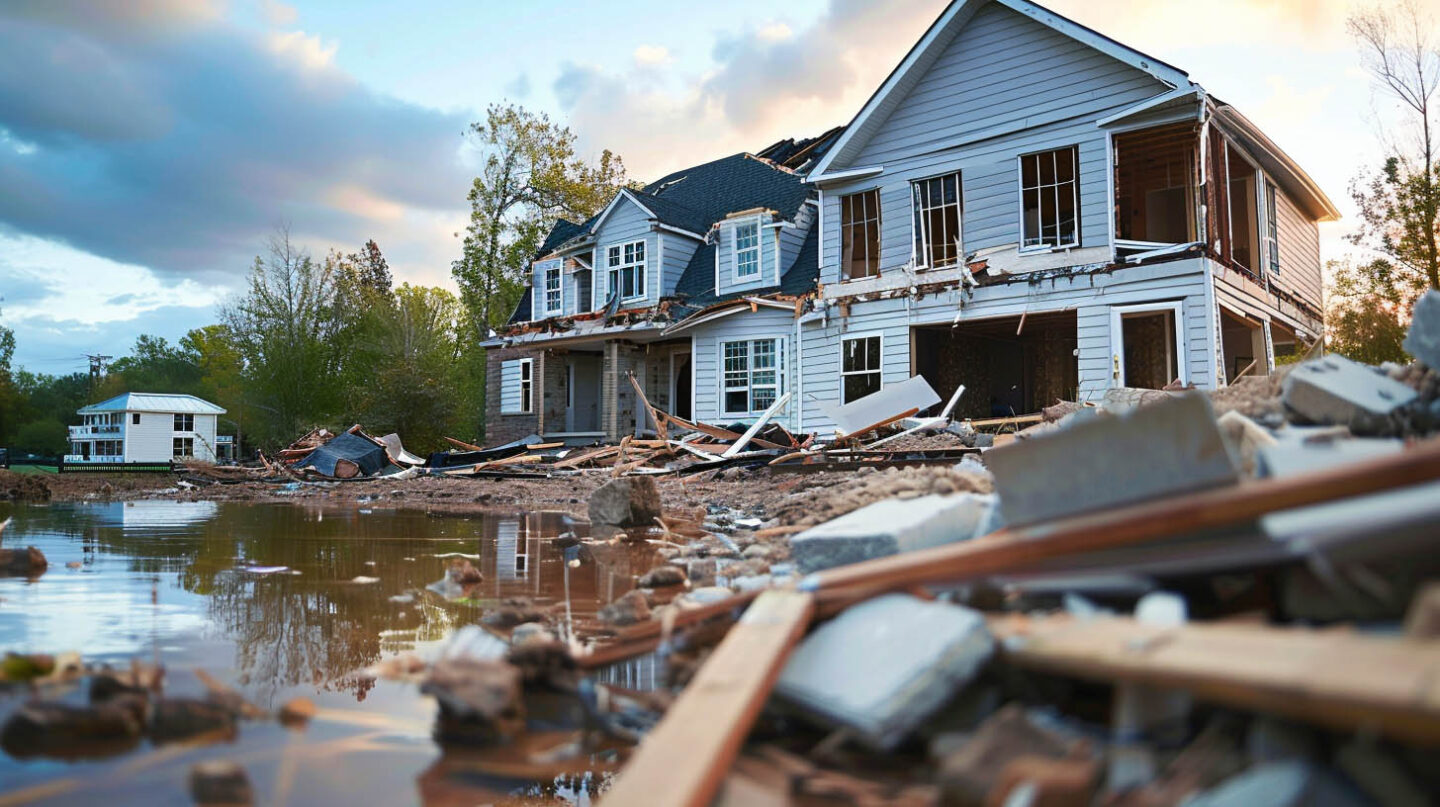After your home sustains damage, you will receive a document from your insurance company called a scope of loss. Understanding this report is a critical step in the insurance claim process. It forms the basis of your settlement, so knowing how to read it ensures you receive fair compensation to restore your home. At The Shingle Master, we are dedicated to helping homeowners navigate this complex process in Clayton, NC. This guide will walk you through what a scope of loss is, how to interpret its sections and terminology, and how to verify its accuracy for your property insurance claim, ensuring you have the support you need to restore your home effectively.
What Is an Adjuster’s Scope of Loss in Clayton, NC?
An adjuster’s scope of loss is a detailed report outlining the damages assessed during an insurance claim inspection. It serves as a critical reference for homeowners, ensuring they understand the extent of damage and necessary repairs, ultimately influencing the compensation offered by the insurer.
Definition and Purpose for Homeowners
Understanding the definition and purpose of an adjuster’s scope of loss is essential for homeowners navigating the insurance claims process. This detailed document provides a comprehensive overview of the extent of damage, including specific line items that enumerate repairs and associated costs. It serves as a critical benchmark in evaluating the insurance company’s settlement offer. Moreover, an accurate scope ensures homeowners can effectively communicate with their insurance agent, empowering them to advocate for a fair settlement based on the true cost of repairs and the quality of materials required for restoration.
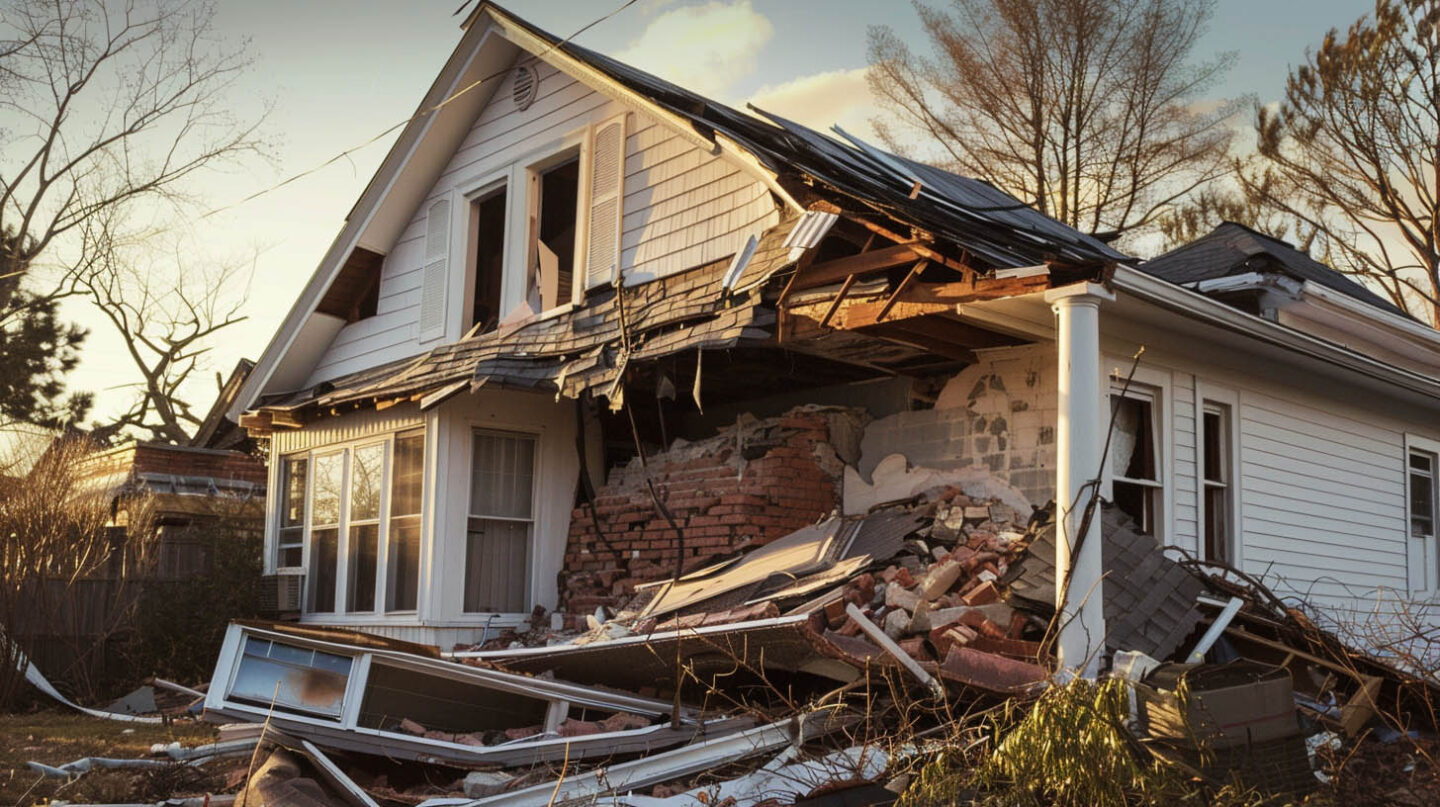
Why the Scope of Loss Matters in Your Claim
The scope of loss serves as the foundational document that delineates the extent of damage and associated repair costs, making it essential for homeowners navigating the claims process. Understanding its details ensures that you can effectively challenge any undervalued assessments by the insurance company’s adjuster.
Crafting a comprehensive scope of loss not only supports your case for maximum settlement but also helps facilitate accurate communication with your insurance agent. This document plays a vital role in substantiating your claim, ensuring all necessary repairs and costs are adequately addressed and approved.
How Insurance Adjusters Create the Scope of Loss
The process alongside which insurance adjusters create the scope of loss is meticulous and heavily reliant on accurate information. Initially, an adjuster inspects the damaged property, documenting the extent of damage with detailed notes, photographs, and measurements of affected areas. Utilizing local construction costs and building codes, they assess the scope of work necessary for repairs, factoring in replacement cost values and contractor’s bids. This thorough evaluation ultimately informs the settlement offer, helping to establish a fair assessment of the homeowner’s insurance policy and ensuring maximum recovery in the claim settlement process.
The Adjuster’s Inspection Process Explained
A meticulous inspection is vital for an accurate scope of loss. The insurance company’s adjuster evaluates the property damage thoroughly, documenting the extent of damage through photographs and written notes. This process involves assessing not only visible destruction but also underlying issues that may impact the property’s overall integrity.
Adjusters utilize comprehensive checklists tailored to various types of property damage, ensuring no detail is overlooked. By considering factors such as local building codes and industry standards, they provide an accurate estimate critical to the insurance claims process, ultimately influencing the settlement offer.
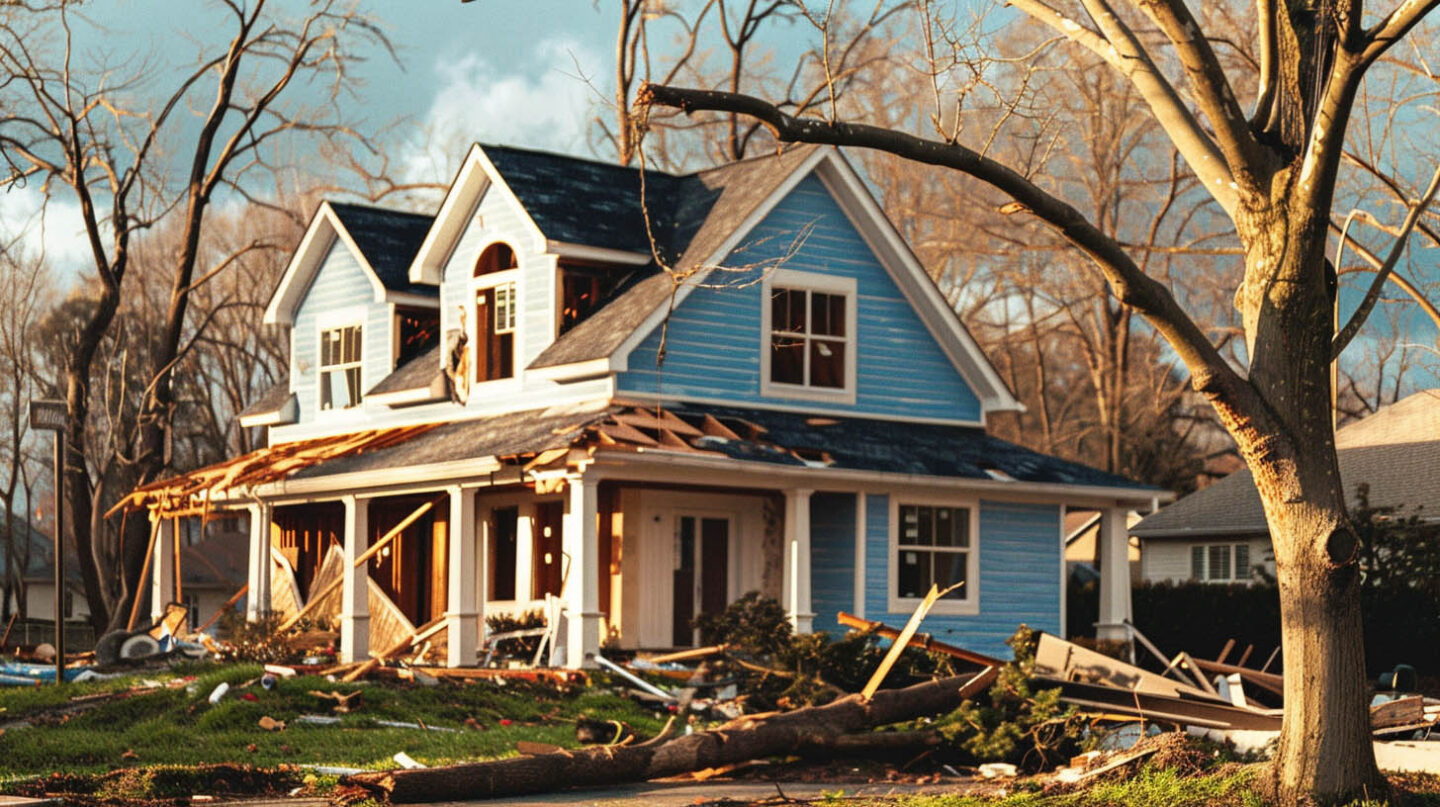
Methods Used to Assess Home Damage
A thorough evaluation of home damage involves several meticulous methods, each pivotal to establishing an accurate assessment. Insurance adjusters often begin with a comprehensive visual inspection, noting the extent of damage through photographs and detailed notes. Utilizing tools such as moisture meters and infrared cameras, they can uncover hidden issues like water damage that may otherwise go unnoticed.
Additionally, comparing the damaged property against local building codes and construction costs ensures compliance and fairness in the claim process. These methods ultimately dictate the scope of loss and inform the insurance company’s settlement offer.
Key Sections in a Typical Scope of Loss Document
When you receive your scope of loss, it will be divided into several key sections. You can expect to see a summary page with total costs, a detailed breakdown of damages by room or area, and line items specifying repairs. The document should also include your claim number and policy information.
It is vital to review every part of this detailed scope of loss. Overlooking a section could mean missing an error or an omission that could affect your settlement. The following sections will explain the standard structure and what to look for.
Overview of Standard Document Structure
A well-structured document is essential for homeowners navigating the complexities of their property damage insurance claim. Typically, a standard scope of loss document includes an introductory summary, outlining the insurance company’s adjuster’s findings and rationale. Following this, a detailed inventory itemizes damages, incorporating dimensions of each room and descriptions of affected property. Complementary to this are estimates for repairs and associated costs, often referencing local construction costs and relevant building codes. This organized layout enables property owners to better understand their claim and facilitates a streamlined claims process.
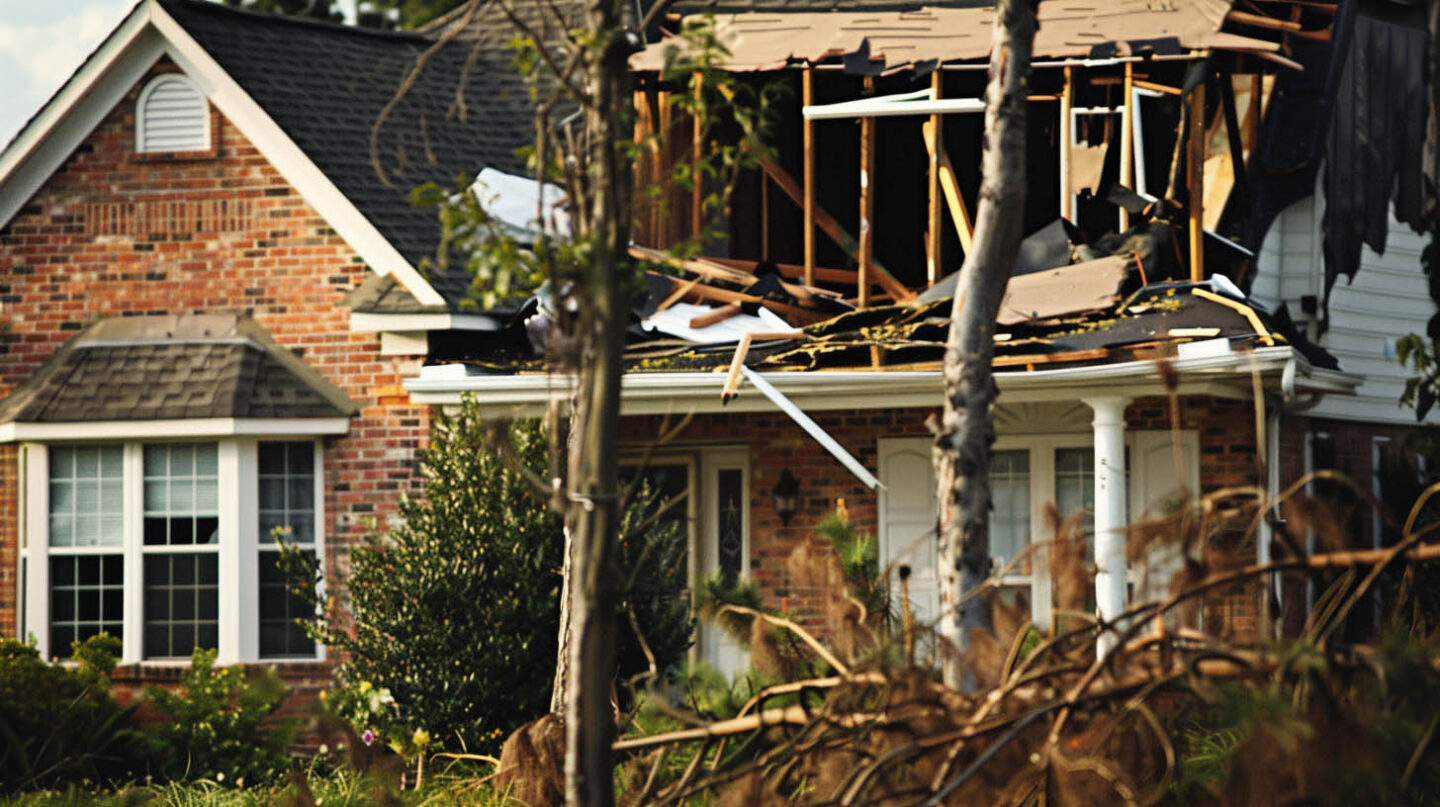
Important Information Homeowners Should Look For
Pay attention to the detailed scope of loss, as it outlines the dimensions of each room and lists the specific damages categorized by type, such as fire or water damage. Look for the replacement cost values associated with your damaged property, ensuring they align with local construction costs and standards. Assess any additional living expenses that may be indicated, alongside the expected repair costs. Understanding these elements will empower homeowners throughout the claims process and help negotiate a fair settlement with the insurance company’s adjuster.
Common Terms and Phrases in the Scope of Loss
The insurance industry uses a lot of jargon that can be confusing for homeowners. Your scope of loss will be filled with abbreviations and terms like “ACV,” “RCV,” and “depreciation.” Understanding this language is not just helpful—it’s essential for navigating your claim effectively.
Knowing what these terms mean will empower you to discuss your claim confidently with your adjuster. It allows you to verify that the construction costs are calculated correctly and that you are receiving the full benefit of your policy. Let’s decode some of the most common phrases you’ll encounter.
Decoding Insurance Jargon and Abbreviations
Understanding the language used in an adjuster’s scope of loss can be daunting. Industry-specific jargon and abbreviations serve critical purposes, aiding in the efficient communication of complex concepts. Terms like “ACV” for actual cash value and “RCP” for replacement cost policy are commonplace. Familiarity with these expressions enhances comprehension of the claims process and ensures homeowners grasp the extent of property damage covered under their insurance policies. Knowledge of nuanced terms allows for better evaluation and negotiation during settlement discussions, maximizing the potential recovery for homeowners.
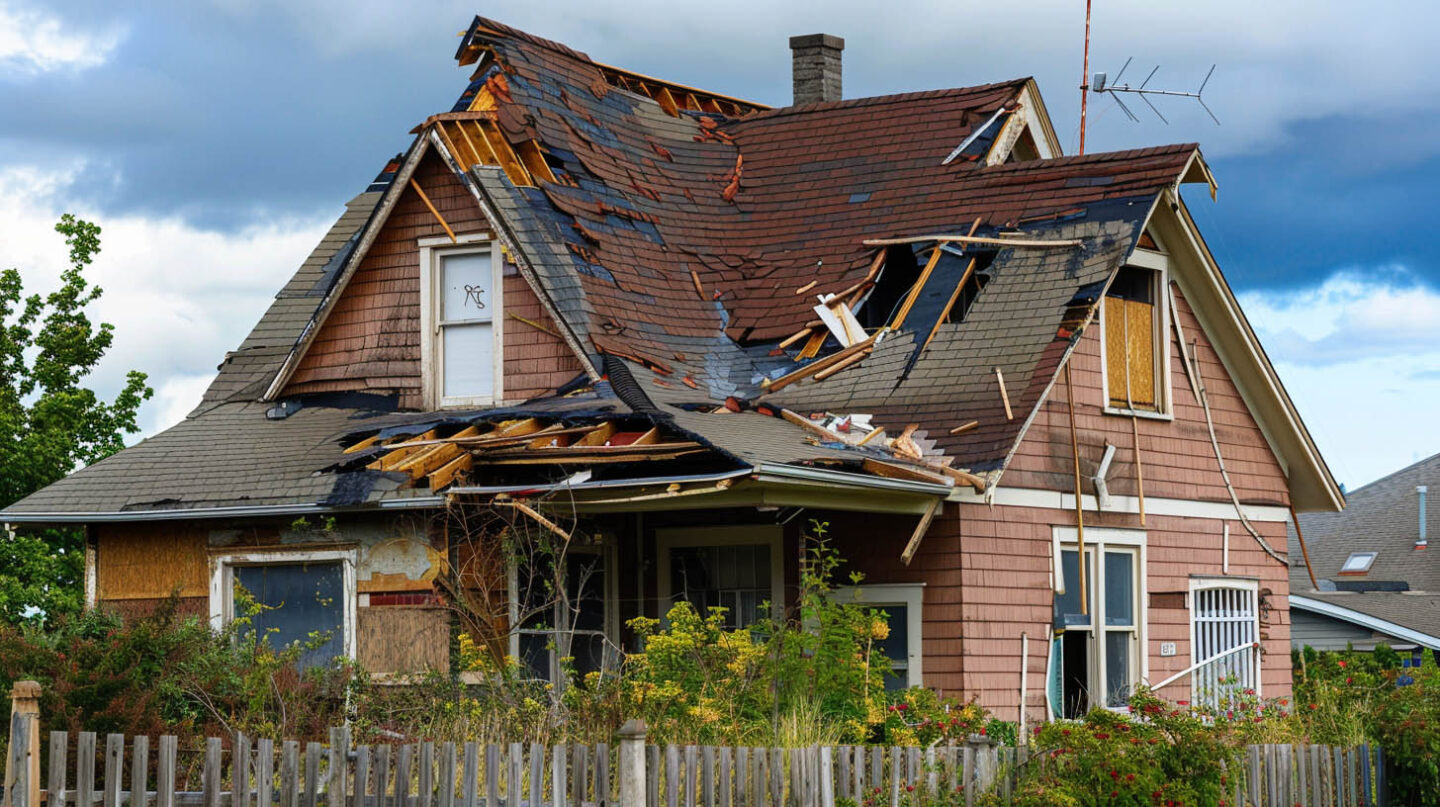
Examples of Line Items and What They Mean
Within the detailed scope of loss, each line item serves a critical function for homeowners navigating their property damage insurance claim. Common entries often include repair costs for specific damages, such as water damage or roof damage, alongside the estimated replacement cost value to restore the property.
Understanding these entries empowers property owners to assess the fairness of the settlement offer. Line items detail everything from labor costs, as indicated by contractor’s bids, to materials needed, ensuring compliance with local building codes and providing clarity throughout the claims process.
Step-by-Step Guide to Reading Your Adjuster’s Scope of Loss
Reading your scope of loss doesn’t have to be overwhelming. The best way to approach it is with a methodical, step-by-step process. Go through the document with a pen and notepad, checking each section against your own knowledge of your home and the damaged property.
A careful review is your opportunity to catch mistakes and omissions before they impact your recovery. By being proactive, you can ensure the claim process moves forward smoothly and that your settlement is accurate. Here’s how you can get started.
How to Match Listed Damages with Actual Damage
Thoroughly reviewing the detailed scope of loss is crucial for homeowners navigating the insurance claims process. By comparing the listed damages against actual damage in your property, discrepancies can be identified, ensuring accurate representation of the extent of damage.
Utilizing photographs and documentation aids in this verification, offering visual proof that aligns with the insurance company’s adjuster’s report. Understanding the dimensions of each room and the actual costs of repairs plays a vital role in negotiating a fair settlement based on replacement cost value and policy terms.
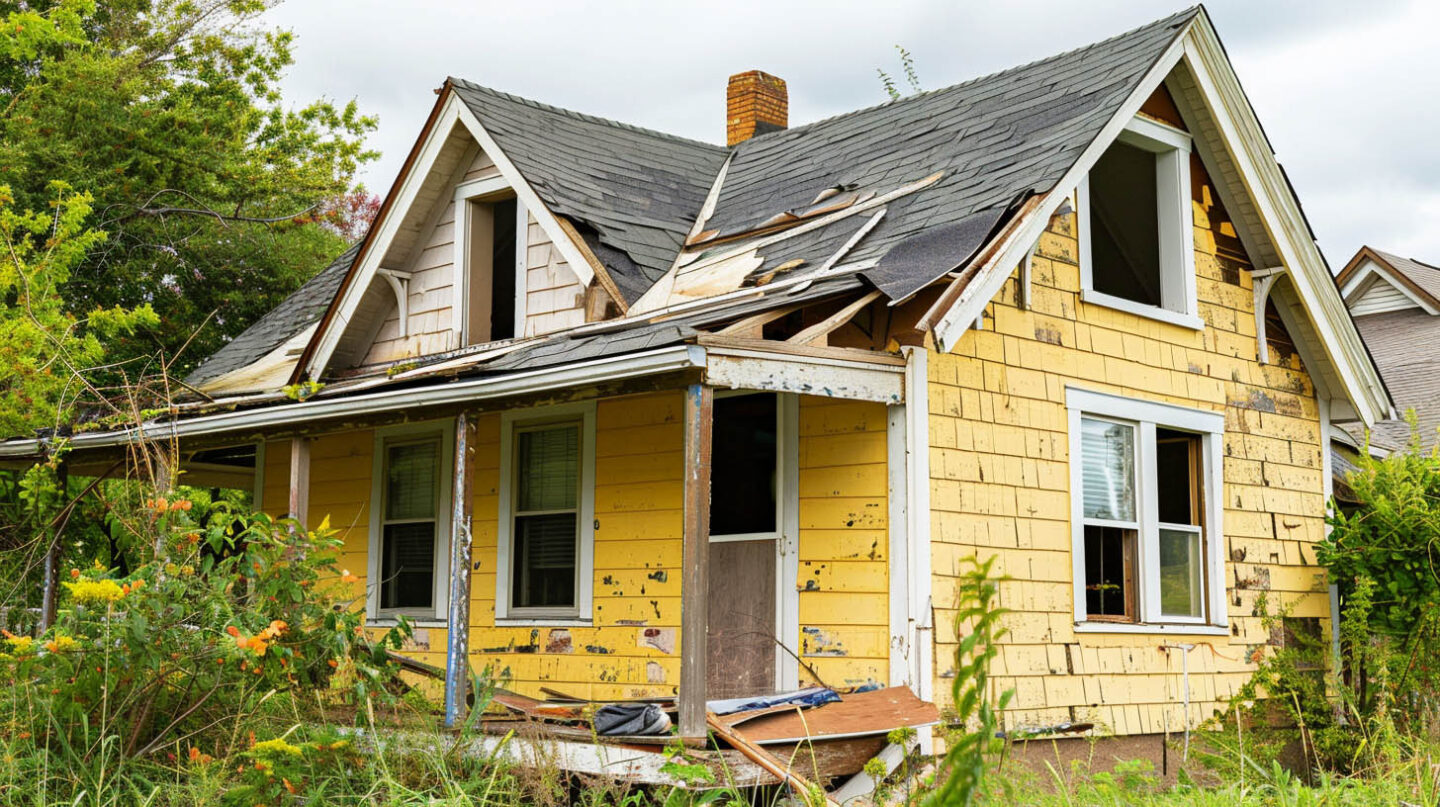
Using Photos and Evidence to Cross-Reference
Utilizing photos and evidence creates a powerful ally in the insurance claims process. High-quality images of property damage, accompanied by timestamps, establish an accurate account of the extent of damage. Documenting the condition of personal property and structural elements aids homeowners in cross-referencing against the detailed scope of loss. This visual proof not only reinforces claims but also assists the insurance adjuster in grasping the severity of damage for a fair settlement. Collecting additional documentation, such as contractor’s bids, further solidifies your claim’s accuracy and value.
Contact Us
Navigating the complexities of a homeowner’s insurance claim can be daunting, yet understanding the details of an adjuster’s scope of loss is crucial for a successful recovery process. This document not only outlines the extent of damage but also establishes the foundation for potential settlement offers. By familiarizing yourself with the terminology and processes involved, you’re better equipped to advocate for your interests, ensuring that you receive a fair settlement that accurately reflects the value of the claim and the costs needed for proper repairs. As a GAF Master Elite Contractor, BBB A+, Haag Certified Inspector, NC Licensed General Contractor, and recognized as Raleigh’s Best Roofing Contractor by NHBA, we are committed to providing you with the expertise and support necessary throughout this process.
Frequently Asked Questions
What should you not say to a loss adjuster?
Avoid making statements that could weaken your claim, such as admitting fault or downplaying damages. Be cautious with emotional expressions and avoid speculation about costs or repairs. Stick to facts and ensure clarity during discussions to protect your interests.
How to read insurance scope of work?
To read an insurance scope of work, review each line item carefully. Check the descriptions, quantities, and unit costs against the actual property damage. Compare the adjuster’s scope to an independent contractor’s estimate to ensure nothing is missed. A thorough review is essential for confirming all repairs are covered.
What not to say to a home claims adjuster?
Avoid making statements that could undermine your claim. Do not admit fault or downplay the damage. Avoid discussing personal opinions about coverage or claims processes, and refrain from providing information without verifying its accuracy first to protect your interests effectively.
Read our blog: Balanced Intake vs Exhaust: Solving Soffit Vent Myths

